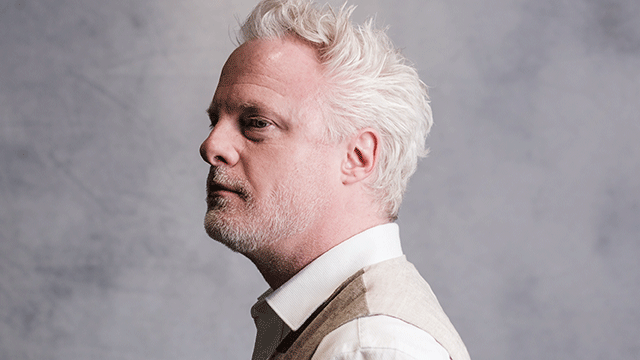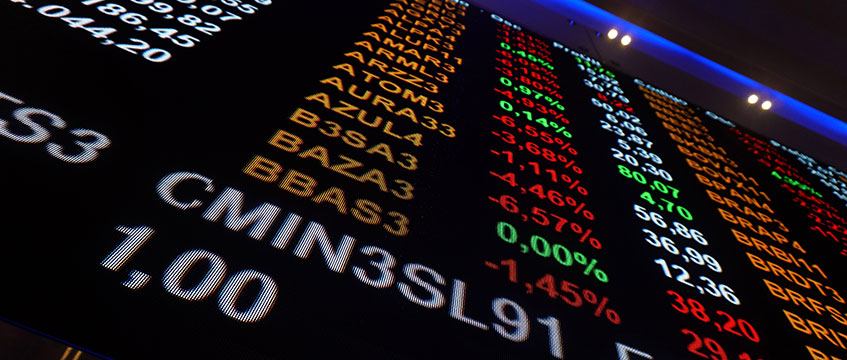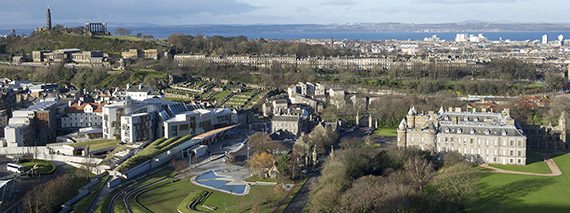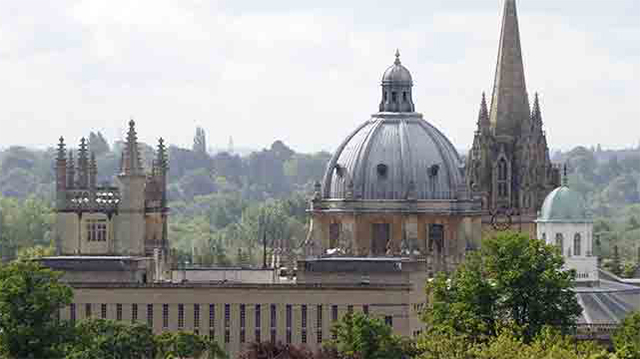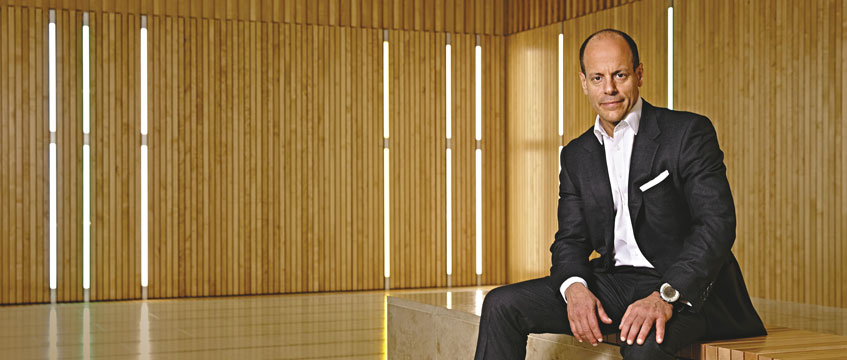Scotland’s buyer pool for commercial real estate has vastly diversified since the Scottish independence referendum was held five years ago, with overseas capital pouring into the market.
Knight Frank, which analysed how the buyer pool for commercial property changed in Scotland in the wake of the indyref in 2014, found that international investors raised their share of commercial property investment to 42.5% of the total market, from 22.8%.
While all investor types increased their spending during the period, overseas investors upped their capital spend to £5.9bn, from £1.6bn.
In contrast, investment from UK institutions (mainly funds) dwindled to 25.6% of total investor spending in the five years since the vote.
In the five years before the referendum, it had a 44.8% share of the market.
So far in 2019, overseas investors have represented 55% of total spend on Scottish commercial property, with 16% coming from UK institutions.
Korean capital has played a large part in transactional activity this year. There have been three major purchases: the £100m acquisition of the Leonardo Innovation Hub at Edinburgh’s Crewe Toll; a £55m deal for a building let to the NHS at Gyle Square; and the purchase of Glasgow’s 110 St Vincent Street.
In May, one of Germany’s largest pension funds bought 4-8 St Andrew Square, home to Aberdeen Standard, for £120m.
Alasdair Steele, head of Scotland commercial at Knight Frank, said: “The vote was a turning point. In the build-up to the referendum UK institutions paused for thought, which opened up the market for new buyers. Since then, we’ve seen investment come in from across the globe, ranging from Middle Eastern and US funds to, more recently, Korean investors acquiring prime buildings.
“While UK institutions remain highly important and have even upped their spend in Scotland following the referendum, the buyer pool has become deeper and more diverse, which can only be seen as a positive development.
“Overseas investors see Scotland as offering relative stability at a competitive price compared to other parts of the UK and Europe. They have an almost insatiable appetite for secure, long-dated income, cash-on-cash returns and prime offices, which Scotland can offer. We expect international buyers to remain the main driver of activity in the market for some time yet.”
To send feedback, e-mail pui-guan.man@egi.co.uk or tweet @PuiGuanM or @estatesgazette





